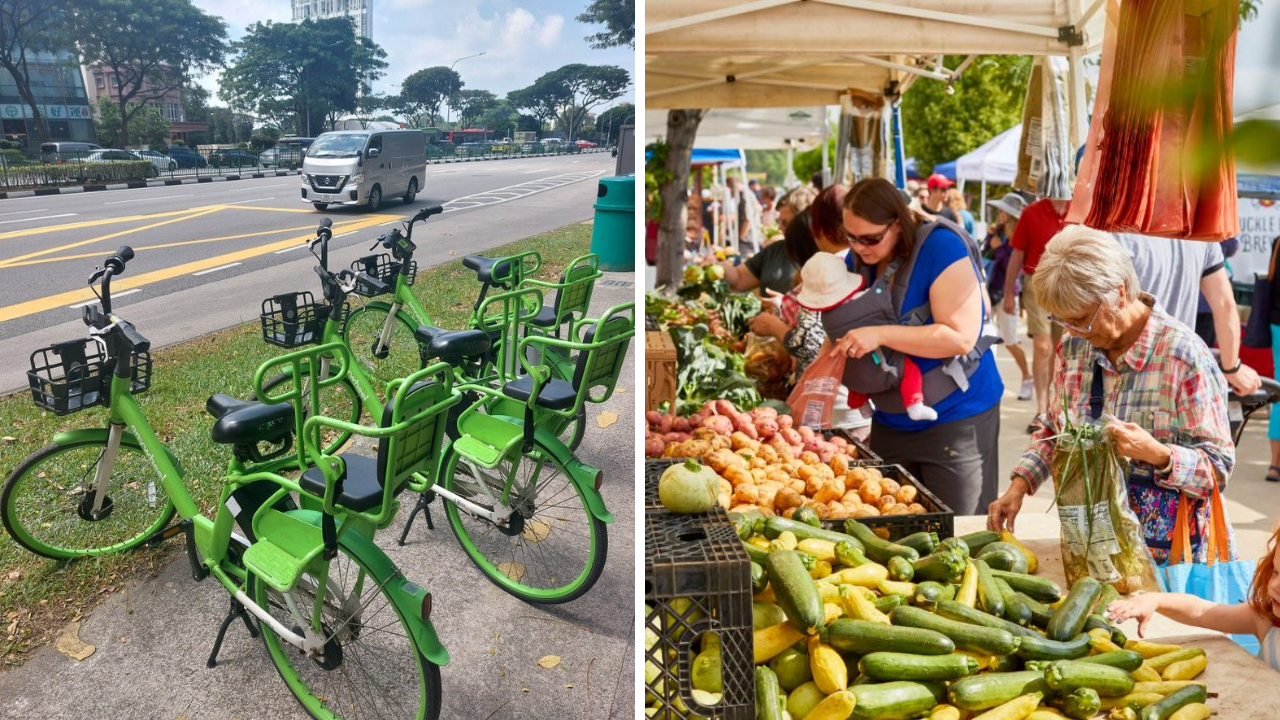In 2025, Climate Positive Travel is not just a trend—it’s a necessary step toward a sustainable future. As travelers, we have the power to change how we explore the world and reduce the negative impact that tourism often has on the environment. Climate-positive travel goes beyond reducing carbon footprints; it’s about actively contributing to environmental restoration and supporting practices that improve the planet.
In this article, we’ll dive into the concept of ClimatePositiveTravel, what it means, how to practice it, and the steps you can take to ensure that your trips are both eco-friendly and impactful. Whether you’re looking to offset your carbon emissions or make sustainable choices throughout your travels, this guide will help you become a climate-positive traveler in 2025.

🌍 What is Climate Positive Travel?
Climate-positive travel is a shift away from merely minimizing negative impacts on the environment and toward making a positive contribution. The idea is simple: reduce your carbon emissions as much as possible and then take steps to offset or neutralize the remaining emissions, often through carbon offset programs that directly contribute to environmental restoration projects.
In the travel industry, carbon offsetting means investing in projects like:
- Reforestation and tree planting initiatives
- Clean energy projects, such as solar and wind farms
- Waste-to-energy projects and community-driven environmental conservation
This shift allows travelers to be not only more aware of their environmental impact but to actively reverse the damage they cause through their travel.

🌱 How to Practice Climate Positive Travel
1. Offset Your Carbon Emissions
The first step in ClimatePositiveTravel is understanding how your travel impacts the environment. Flights, hotels, and transportation all contribute to your carbon footprint. But by investing in carbon offset programs, you can neutralize the impact of your trip. These programs work by funding projects that remove or reduce the equivalent amount of CO2 emissions that your trip produces.
Here’s how you can offset your carbon footprint:
- Use websites like IMPT to calculate the carbon footprint of your flight, accommodation, or travel.
- Choose carbon offset projects that align with your values, such as renewable energy or reforestation.
2. Travel with Low-Carbon Transportation
Transportation is one of the largest contributors to carbon emissions. Opting for low-carbon transportation is one of the easiest ways to practice ClimatePositiveTravel.
- Fly less, take the train: Flights produce significantly higher carbon emissions compared to trains, buses, or even electric vehicles. Choose train travel over flying whenever possible, especially for shorter distances.
- Use electric vehicles (EVs): Many cities and destinations now offer electric car rentals. This is an excellent option for reducing your environmental impact during your travels.
- Walk or bike: For shorter trips around the city, walking or cycling is not only eco-friendly but also a great way to experience the local culture up close.
3. Choose Sustainable Accommodation
The hospitality industry is one of the biggest contributors to global carbon emissions, but many hotels and resorts are adopting sustainable practices to reduce their impact. When booking your accommodations, consider the following:
- Look for eco-friendly hotels that use renewable energy, water-saving systems, and recycling programs.
- Eco-resorts that promote local culture and support environmental conservation efforts are a great choice.
- Consider staying in sustainable lodges or farm stays, where the emphasis is on local produce and sustainable practices.
You can easily find sustainable hotels by using platforms like IMPT, which feature eco-conscious accommodations in top destinations.
4. Support Eco-Conscious Travel Operators
Many travel operators are now offering eco-tours and sustainable experiences that focus on responsible tourism. These operators often work with local communities and nature reserves to ensure that tourism is sustainable and beneficial for everyone involved.
When planning your activities, choose operators that:
- Support local conservation efforts and protect wildlife
- Promote low-impact tourism and engage in community-based tourism
- Provide educational experiences about the environment and sustainability
By choosing these operators, you can ensure that your activities leave a positive impact on the local community and the environment.
5. Pack Sustainably
Sustainability starts with you, even before you set foot on a plane. By packing eco-friendly travel products, you can reduce your overall waste during your trip. Here are a few ideas:
- Reusable water bottles: Avoid plastic water bottles by carrying a reusable water bottle and refill it wherever possible.
- Sustainable toiletries: Opt for solid toiletries (shampoo bars, toothpaste tablets) and use biodegradable products.
- Plastic-free packing: Use cloth bags, reusable packing cubes, and zero-waste toiletries to minimize your plastic footprint.
6. Choose Eco-Friendly Activities
When traveling, look for eco-friendly activities that align with your values and contribute to the conservation of the environment. Examples include:
- Nature hikes, wildlife tours, and birdwatching that don’t disturb local ecosystems.
- Volunteering for local conservation efforts, such as beach cleanups, coral reef restoration projects, or wildlife monitoring programs.
- Supporting sustainable food tourism, such as visiting local organic farms or participating in farm-to-table dining experiences.
These activities provide meaningful and sustainable ways to experience the natural world while making a positive impact.

🌍 Benefits of Climate Positive Travel
1. Reduction in Carbon Emissions
By embracing climate-positive travel, you actively help reduce global carbon emissions. Participating in carbon offset programs, using eco-friendly transportation, and staying at sustainable accommodations all contribute to reducing your carbon footprint.
2. Preservation of Natural Environments
Traveling responsibly helps protect natural ecosystems. By choosing eco-friendly travel options, you help preserve wildlife habitats, forests, and marine environments that are crucial for biodiversity.
3. Support for Local Communities
Sustainable travel often means supporting local businesses, communities, and farmers. When you travel responsibly, you’re helping to create a positive economic impact on the areas you visit, ensuring that tourism benefits both the people and the environment Climate Positive Travel .
🏁 Conclusion
Climate-positive travel is more than just a buzzword—it’s an essential practice for travelers who want to minimize their environmental impact and contribute to the health of our planet. By offsetting carbon emissions, choosing eco-friendly accommodation, and supporting sustainable travel operators, you can make a positive impact while enjoying your travels.
In 2025, let’s all commit to Climate Positive Travel and make responsible choices that benefit not only our travel experiences but also the future of the planet. Start planning your eco-conscious trip today, and join the movement toward a more sustainable and responsible travel industry.
Read this also: Sustainable Surfing Near Me: Eco-Friendly Surfing Spots









